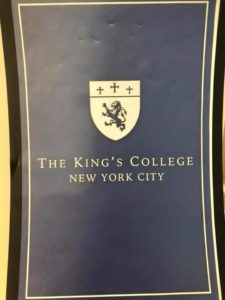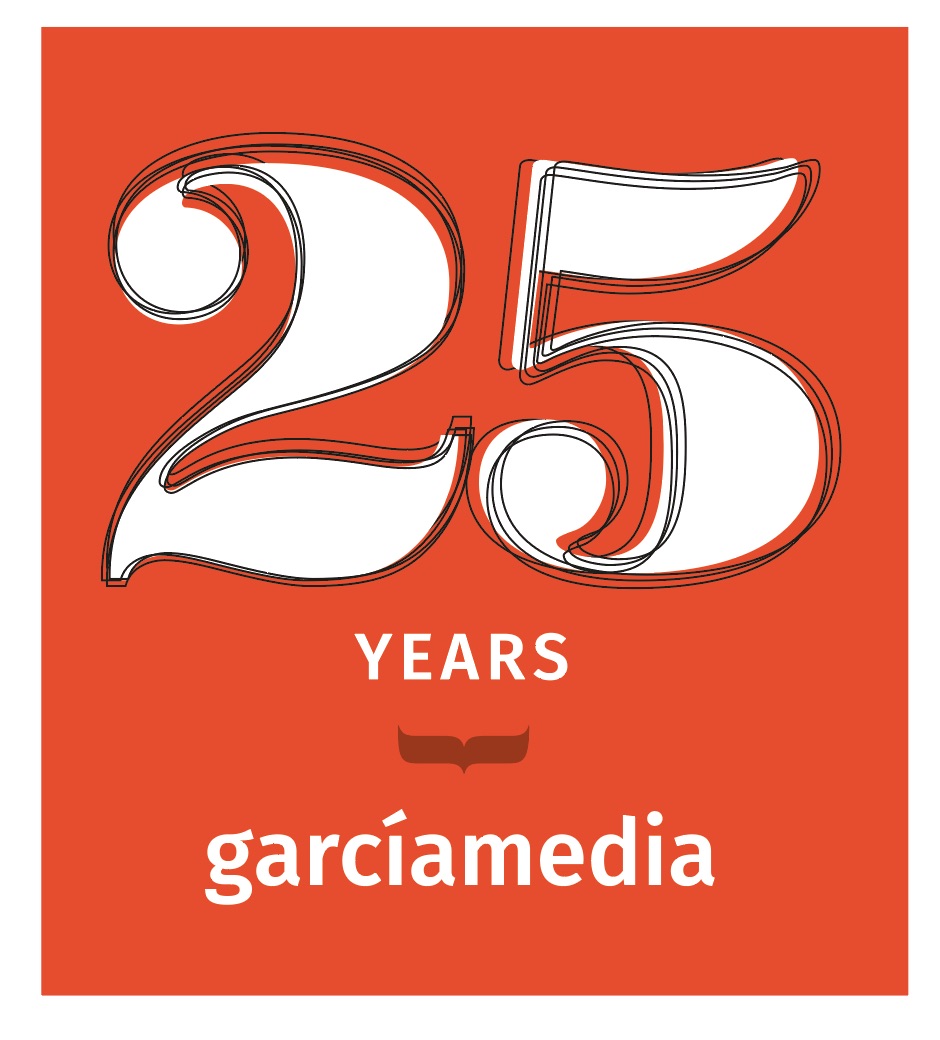I often mention in my presentations that our news & information audience today moves usually two ways: leaning forward, leaning back.
Apparently, there may be three modes to describe how our audience comes to, reacts to and consumes the content we provide.
Recently, in an effort to test its digital products, The Wall Street Journal joined with Kadence International to undertake “a massive research study that included over 5,000 quantitative interviews, user experience labs, online behavior tracking and focus groups.”
The findings: the research identified three key reading modes — priority, discovery and exploratory modes — that readers transition between, depending on the time of day and their news needs.
“These modes translate into specific actions people take in our products (for example: skimming headlines, reading related articles, or using elements of the navigation) that helped us pinpoint where we could enhance specific features of the app to improve the overall user experience.”
How I interpret it: So, as I see it, when we lean forward–something we do hundreds of times a day–we get alerted to the information available. We skim headlines. We make a decision if we read immediately or later (perhaps in a lean back mode). With leaning forward comes the initial discovery that gets us interested –depending on the quality of the headline and summary of content. That will trigger our decision to explore the content further—in lean back mode.
The action: For newsrooms, this translates into paying more attention to the concept of how content flows, starting with push notifications and short takes that seduce us to read beyond the discovery of the headline. Push notifications will continue to become ever more important, so will those morning briefings and newsletters.
Mario’s Speaking Engagements
August 2, Digital House (Facebook workshop), Buenos Aires

October 6, 20, 27–King’s College, New York City
The Basics of Visual Journalism seminars

October 25, Eidos Media Keynote, New York City

Garcia Media: Over 25 years at your service

TheMarioBlog post #2873